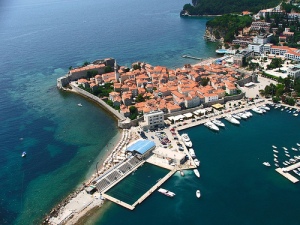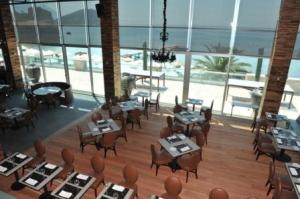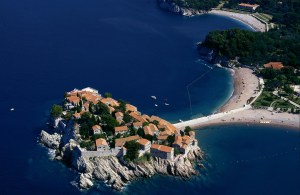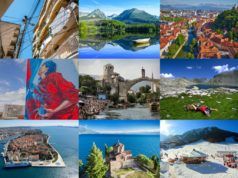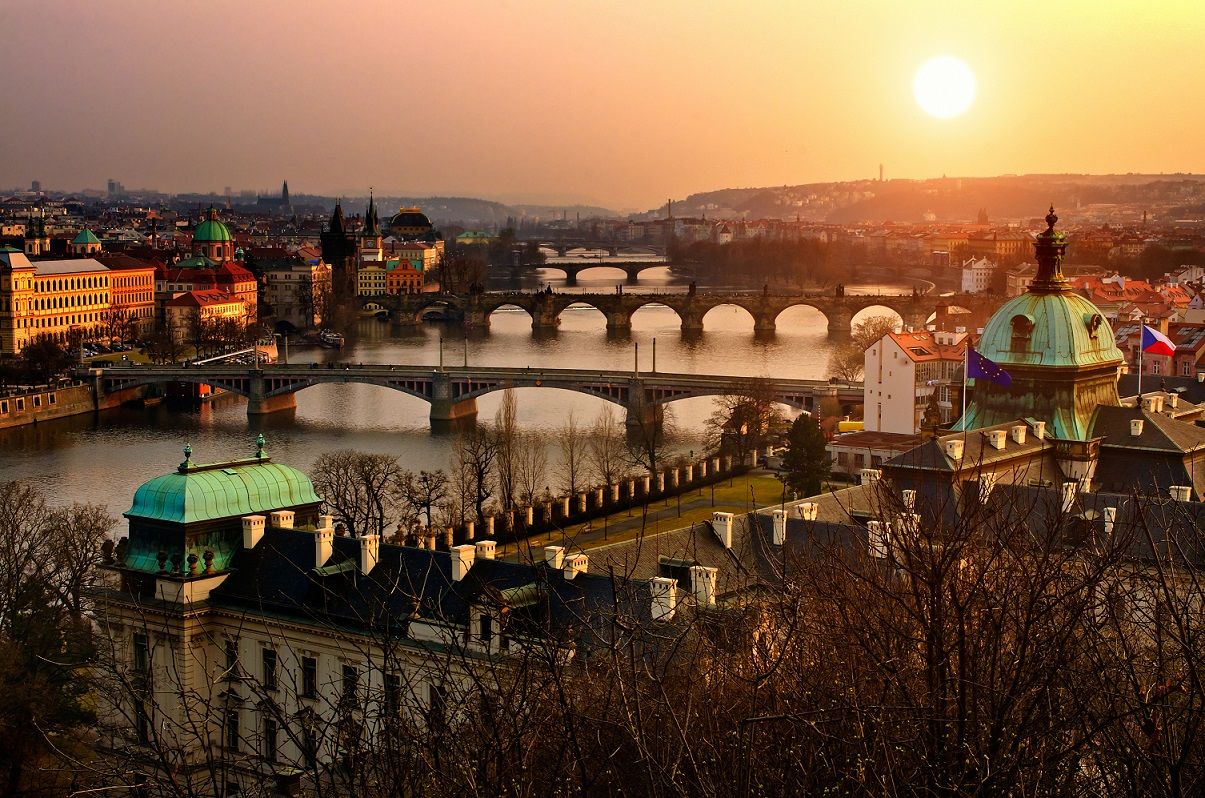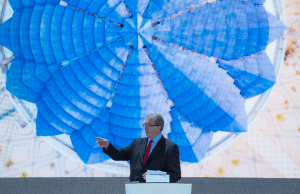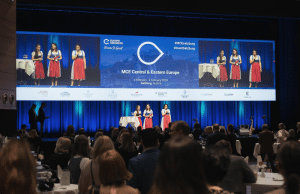When organizing congresses on the infamous Montenegro coast, it is best to have some local contacts and colleagues, which makes the process much easier. In the last few years I have met quite a few, all of them professionals who make business in Montenegro considerably easier. They defy the stereotype that all Montenegrins are a bit slow, but are courageous and extremely friendly. Among other things, they told me a stereotype about famous beach: that its “Slovenska plaža” was not named after the inhabitants of Slovenia, but the Slovaks, who were the very first tourists in these parts.
Budva is the centre of Montenegro’s coast; however we will also be examining the diverse and picturesque surrounding towns that are part of the congress capacities in Budva. The main reason for Budva’s tourist development is its location in the Budvanski zaliv (Budva Bay), renowned for its sandy beaches, as well the medieval town, well preserved due to the Venetian city walls. In the immediate vicinity there are gems such as Sveti Štefan, Miločer and Queen’s Beach to Lovčen and Cetinj in the hilly interior. The Kotor Bay is especially interesting, with its fjord-like cliffs digging into the coast. The city of Kotor is on the UNESCO World Heritage Site list.
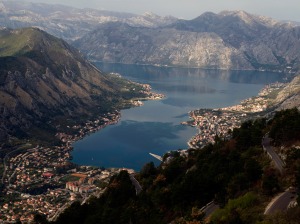
The question of how Montenegro formally got a coast is interesting, since today it is the coast that has geographically determined the congress and tourist perception of the country even though Montenegro was named after its mountainous interior. The heart of what was once called Zeta was ruled by Byzantium for a number of years and later by different Serbian overlords, while the Venetians controlled the Montenegrin coast up until the Turkish invasions. After numerous battles against the Turks it took a collaboration with Russia in the 18th century to enable a short-lived merger of Boka and Montenegro in 1813. Unfortunately the acquisition was taken away with the Vienna Congress in 1815, when the coastline went to the Austro-Hungarian Empire. In 1876 the people of Montenegro and Serbia attacked the Turks and after winning, they managed to take control of the coast, which was formally confirmed by the Berlin Congress in 1878. Upon the establishment of the Kingdom of Montenegro in 1910, the northern area up to Herzegovina was included in the new country. This is the reason for Montenegro’s affection towards Russia, with which they have several political, economic, and cultural ties, dating back for more than 300 years. Speaking Russian is an important asset for people who work in tourism in Montenegro even today.
Beside historical rumbles, Budva has also been affected by actual earthquakes. After the last one in 1979, the town was thoroughly renovated. The urbanistic chaos, one of the main characteristics of one of the oldest cities on the Adriatic coast, is the consequence of the fast tourism development in the post-war period. The wildest period the city has seen was the period of the general economic growth up to 2008, when the backbone of today’s congress capacities in Montenegro coast was established. However, the numerous new accommodation capacities (over 130,000 beds) have affected the ecologic balance like the water supply, sewage, and waste. In the summer there are difficulties due to limited parking space and overall traffic chaos. Certain beaches are overflowing with tourists in the peak season, there are too few green areas, and the hospitality service is located in temporary seasonal object not working properly.
With the economic crisis there have been some giant building sites that are deserted today, waiting for better economic conditions. Russian investors are most often the proprietors of these mega projects; at the beginning of the crisis they stopped investing in overpriced Montenegrin tourist objects burdened by corruption and bribery. As a result there is no trace of the spectacularly announced Kempinski hotel near Sveti Štefan and the Jedro project has turned into a residential project now. Some think it was a lucky thing that the crisis stopped these megalomaniac projects from being completed.
The congress centre Bečiči is just a stone’s throw away from the centre of Budva. The most notorious is the Splendid Resort, which has among numerous congresses also accommodated different world pop icons who stayed in Montenegro like Bill Clinton, Madonna, Rolling Stones and others. The hotel has been the location of some of the top political and other events in Montenegro with mysterious (rumoured to be Russian) owners and is often in the tabloids. Aesthetically and technically, its congress halls are among the best on the Montenegrin coast.
The neighbouring four-star Mediterranean Hotel has additional accommodation capacities and has its own congress centre with multifunctional halls spreading 2000 m2. The nearby Queen of Montenegro Hotel has changed hands and has since focused on classical tourism.
The Maestral Hotel lies in the town of Pržno a few kilometres away; it is owned by the Slovenian Hit and is an excellent choice, especially after its recent renovation. Speaking from personal experience I can say they have an excellent and experienced staff, true professionals.

The Avala Hotel reigns over the old town, which appeals to me most because of the architecture. It is a modern minimalistic hotel, beside the Splendid Hotel the only other five-star hotel in Budva. On the site of today’s hotel there used to be the legendary hotel by the same name, built in the beginning of tourism development in Budva in 1939. Its stone wainscot, connecting it to the old hotel, combined with the modern architecture, enables the hotel to blend in seamlessly with the silhouette of the old town.
The interior is surprisingly dark, but different accessories and light tricks make it interesting. I was especially impressed by the Bruno restaurant, probably the best club and space for banquet organization in this part of the Adriatic. Its congress capacities are somewhat smaller, so the hotel is suitable especially for incentive groups.
The Montenegro coast has become one of the hottest European incentive spots, partly due to extremely strong and aggressive marketing. The natural conditions for incentive programs are extraordinary and very diverse. The Talas M Agency, the main motor of these programs, has a long list of references from reputable international clients.
Somewhat controversial is the aggressive green tourism marketing which is far from any serious concepts of measurable sustainable congress tourism in this country in transition.The poor part of the selection are the capacities for association congresses and trade fairs. The Adriatic Fair, owned by the Atlas Group investment company, organizes over 15 fairs in inappropriate capacities each year. They are aware of the inappropriate capacities themselves and hope the Expo Budva programme will change the situation quickly. According to the project, a new hotel called Wyndham and brand new fair grounds with a congress centre are said to be built in 2012. The seriousness of the project was confirmed by a visit from Bill Clinton, organized by Atlas Group owner, Duško Knežević, which probably wasn’t coincidental. The project partner is namely the American construction corporation Turner Constructions.
Meetings industry as a part of luxury travel is something they are serious and ambitious about on the Montenegro coast. Other projects in the vicinity of Budva are also proof of capital attracting capital.
This summer the Aman Hotel in Sveti Štefan was renovated and re-opened, the Porto Montenegro mega yacht marina in Tivat followed, sponsored by such names as banker Jacob Rotschild, Russian oligarch Oleg Deripasko and magnate Bernard Arnault. All for the goal of Montenegro becoming the Monaco of the Adriatic. They face several obstacles on that way, the biggest being poor accessibility by plane and road travel, one of the destination’s biggest current insufficiencies. The national air travel provider has a poorly developed flight net, and according to the opinion of the local metings industry players, they do not sufficiently understand and support the industry. There are only a few low-fare air travel providers, mostly in the near-by Dubrovnik. The entire destination is mostly dependant on charter flights, which are dependent on the attractiveness of the hotel selection. The road accessibility is also lacking. The divide between the tourist slogans about the eco destination and the actual communal order also leaves a bitter aftertaste.
The destination, promoting itself as a wild beauty is well on its way to becoming a true congress beauty, but a lot will have to be done on the road to perfection, especially in infrastructure and shifting from seasonal to year-round meetings activity. This is the very reason why it is practically impossible to organize a congress or an event in high season and why access is difficult in low season. The Montenegro coast remains a less accessible meetings destination for the time being and a periodically seasonally unconquerable fortress.
Destination grade: 3 – RECOMMENDABLE MEETINGS DESTINATION
Grade description:
5 excellent meetings destination
4 quality meetings destination
3 recommendable meetings destination
2 average meetings destination
1 passable
Comparison to region:
Budva is one of the central incentive destinations on the Adriatic coast, with very successful marketing and despite numerous deficiencies in poor accessibility and current capacity selection. The development plans for the Monte Carlo of the Adriatic, openness from foreign investors and very liberal policies could position the Montenegro coast very high on the meetings industry map in the next few years, while it is already the leader in the area of incentive programs. It boasts the unique opportunity for the practically untapped Russian meetings industry, which has always had a positive relationship with Budva. If this “wild beauty” improves its accessibility, price competitiveness and infrastructure, it can be a worthy competitor as a meetings destination even in the wider region of the Mediterranean as one of the top destinations.


